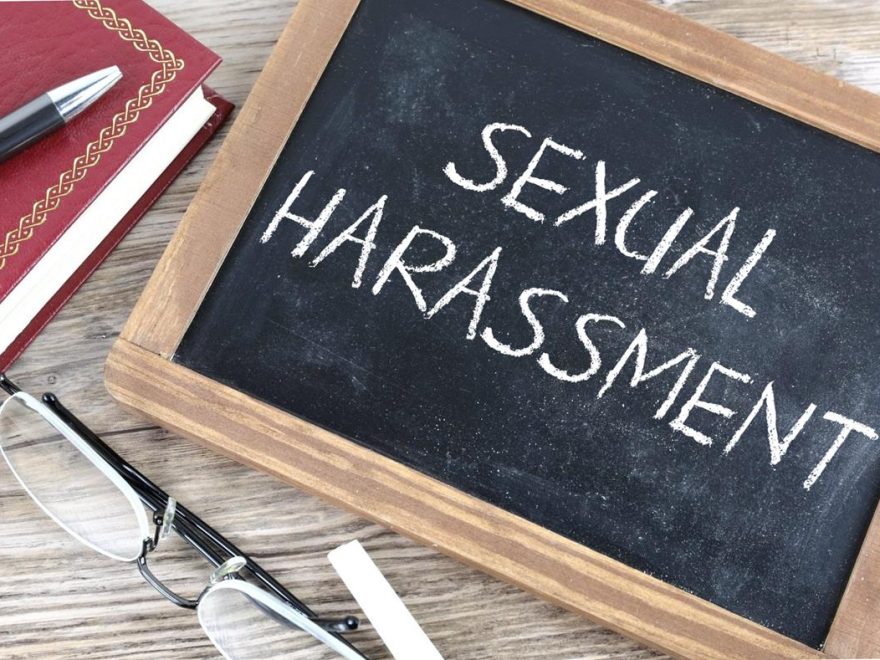Sexual harassment is a serious issue that affects many people around the world. It can happen to anyone, regardless of their age, gender, or background. Sexual harassment is a form of discrimination that involves unwanted sexual advances, requests for sexual favors, or other verbal or physical conduct of a sexual nature that creates a hostile or offensive work or academic environment. In this blog post, we will discuss the types of sexual harassment, the effects of sexual harassment, and how to prevent it.
Types of Sexual Harassment
There are two main types of sexual harassment: quid pro quo and hostile work environment.
- Quid Pro Quo
Quid pro quo sexual harassment occurs when a person in a position of power requests sexual favors in exchange for employment, promotions, grades, or other benefits. For example, a boss may offer an employee a promotion in exchange for sexual favors. This type of sexual harassment can be direct or implied, and it can involve either gender.
- Hostile Work Environment
Hostile work environment sexual harassment occurs when unwelcome sexual conduct creates an intimidating, hostile, or offensive work environment. This can include sexually suggestive comments, jokes, gestures, or physical touching. Hostile work environment sexual harassment can also involve either gender.
Effects of Sexual Harassment
Sexual harassment can have a profound impact on the victim’s physical, emotional, and psychological well-being. Some of the effects of sexual harassment include:
- Emotional Distress
Sexual harassment can cause emotional distress, such as anxiety, depression, and post-traumatic stress disorder (PTSD). Victims may also experience feelings of shame, guilt, and self-blame.
- Physical Symptoms
Sexual harassment can cause physical symptoms, such as headaches, stomach problems, and sleep disturbances. Victims may also experience sexual dysfunction, such as loss of libido or sexual aversion.
- Career and Academic Consequences
Sexual harassment can have a negative impact on the victim’s career or academic performance. Victims may experience job loss, demotion, or academic failure. They may also suffer from a loss of confidence and self-esteem, which can affect their future career prospects.
Prevention of Sexual Harassment
Preventing sexual harassment requires a concerted effort by employers, educators, and individuals. Some of the ways to prevent sexual harassment include:
- Education and Training
Education and training programs can help raise awareness about sexual harassment and its consequences. These programs can also teach individuals how to recognize and respond to sexual harassment in the workplace or academic setting.
- Strong Policies and Procedures
Employers and educators should have strong policies and procedures in place to prevent sexual harassment. These policies should be clear, concise, and easily accessible to all employees and students. They should also provide a clear path for reporting and investigating sexual harassment complaints.
- Supportive Work and Academic Environment
Creating a supportive work or academic environment is essential for preventing sexual harassment. This includes promoting diversity and inclusivity, fostering respectful communication, and promoting a culture of zero tolerance for sexual harassment.
- Empowering Victims
Empowering victims of sexual harassment is essential for preventing further harassment. Victims should feel supported and encouraged to report incidents of sexual harassment. They should also be provided with resources and support to help them cope with the emotional and psychological effects of sexual harassment.
Conclusion
Sexual harassment is a serious issue that affects many people around the world. It can have a profound impact on the victim’s physical, emotional, and psychological well-being. Preventing sexual harassment requires a concerted effort by employers, educators, and individuals. By educating individuals about sexual harassment, creating strong policies and procedures, promoting a supportive work or academic environment, and empowering victims, we can work together to prevent sexual harassment.
